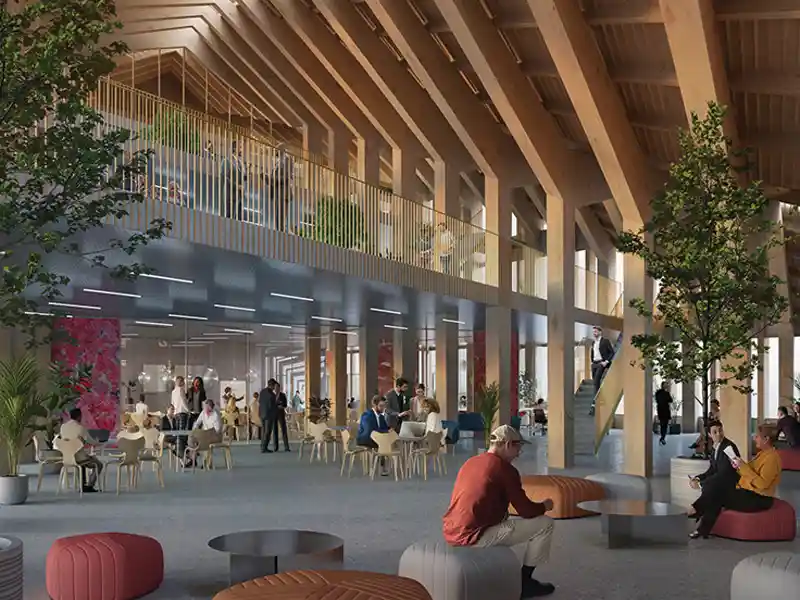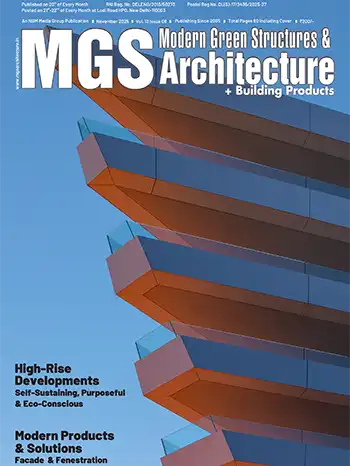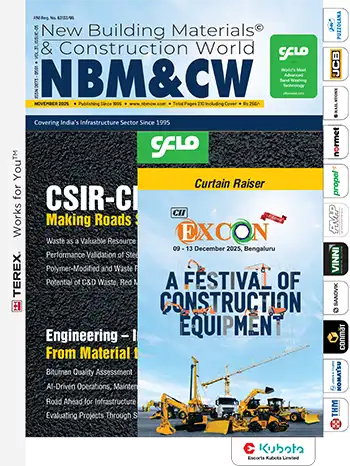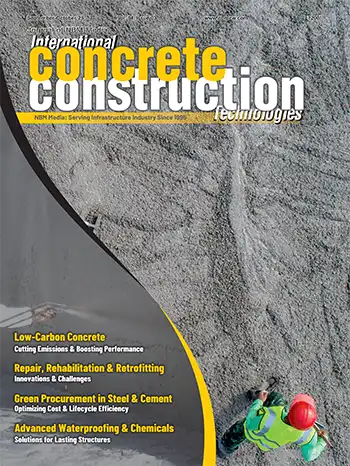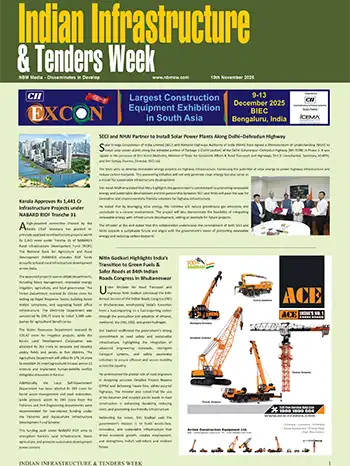As architects and designers, we have a profound responsibility towards the environment: designing a building is not just about aesthetics and functionality; it is also about sustainability and minimizing material waste.
Manish Kumat - Principal Designer, Manish Kumat Design Cell
A thoughtful architectural approach ensures optimal material utilization, reducing excessive raw material consumption and construction waste. By consciously selecting materials and integrating innovative design strategies, we can make a significant impact on resource efficiency.
When new materials are introduced into a project, they consume significant energy and resources, contributing to environmental degradation. Large-scale construction projects generate substantial waste, including plywood, wood, tiles, and stone remnants. Instead of discarding them, a design-oriented approach can repurpose them into meaningful architectural elements. For instance, small pieces of wood that would typically be discarded can be repurposed into unique doors, ceilings, and wall panels. Similarly, leftover carpet strips from previous installations can be creatively utilized for flooring solutions in elevators. Marble or stone remnants can be assembled into decorative design elements, transforming waste into art and introducing bespoke design elements into a project.
Leveraging advanced technologies like 3D printing and prefabrication allows precise material usage, eliminating excess and optimizing resources. BIM is an invaluable tool that enables architects to plan material requirements meticulously, identifying potential waste points before construction begins.

Modular construction techniques ensure that building components are prefabricated in controlled environments, significantly minimizing on-site material waste. Adaptive reuse, on the other hand, repurposes existing structures and materials instead of demolishing them, conserving resources and extending the lifecycle of materials. This approach reduces the demand for new raw materials while maintaining architectural integrity.
Integrating circular economy principles into architectural planning entails designing buildings that facilitate material recovery at the end of their lifespan. By using recyclable or bio-based materials, we ensure that when a building is deconstructed, its components can be reclaimed and repurposed rather than sent to landfills. Categorizing on-site waste into reusable, recyclable, and non-recyclable segments allows for strategic repurposing. Collaborating with local recycling facilities and suppliers further strengthens sustainability efforts.



